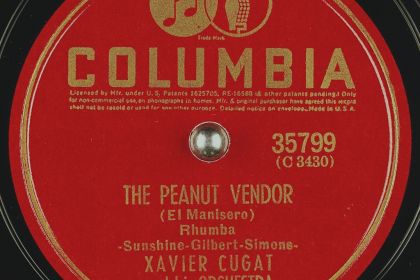Poetry
Guajira Guantanamera: song meaning and origin of the lyrics

Сompay Segundo
Guantanamera is a demonym—a word that identifies a group of people in relation to a particular place—in this case, used to refer to a woman from the Cuban city of Guantanamo. In 1929, Joseíto Fernández's song of the same name first appeared on the radio and soon gained immense popularity around the globe, in a way becoming a musical symbol of Cuba.
Compositionally, Guantanamera is set to the Cuban folk rhythm of guajira which was established as a style of the flamenco genre when it became popular in Spain in the second half of the 19th century.
In Cuba, the word guajira can also mean a peasant woman or a country girl, so the song chorus, which is essentially the repetition of the phrase "Guantanamera guajira Guantanamera," definitely contains a wordplay. Although the song lyrics are constantly varied and supplemented by different performers, its canonical version is compiled of four different verses by the Cuban poet José Martí taken from his 1891 collection titled Versos Sencillos.
José Martí is an iconic artist whose work immortalizes the struggle for Cuban independence which explains why the song based on his poems is considered the unofficial anthem of Cuba. At the same time, the stanzas of Guantanamera can be considered apolitical and full of expressive images so characteristic of Jose Martí's modernist poetry.
Listen to Guajira Guantanamera by Compay Segundo:
According to Joseíto Fernández, the chorus "Guantanamera guajira Guantanamera" was inspired by one occasion when he'd used this phrase to flirt with a girl walking down the street, but she rejected him with a harsh answer. Frustrated and embarrassed by his friends joking about the incident, he went home and wrote this famous refrain.



